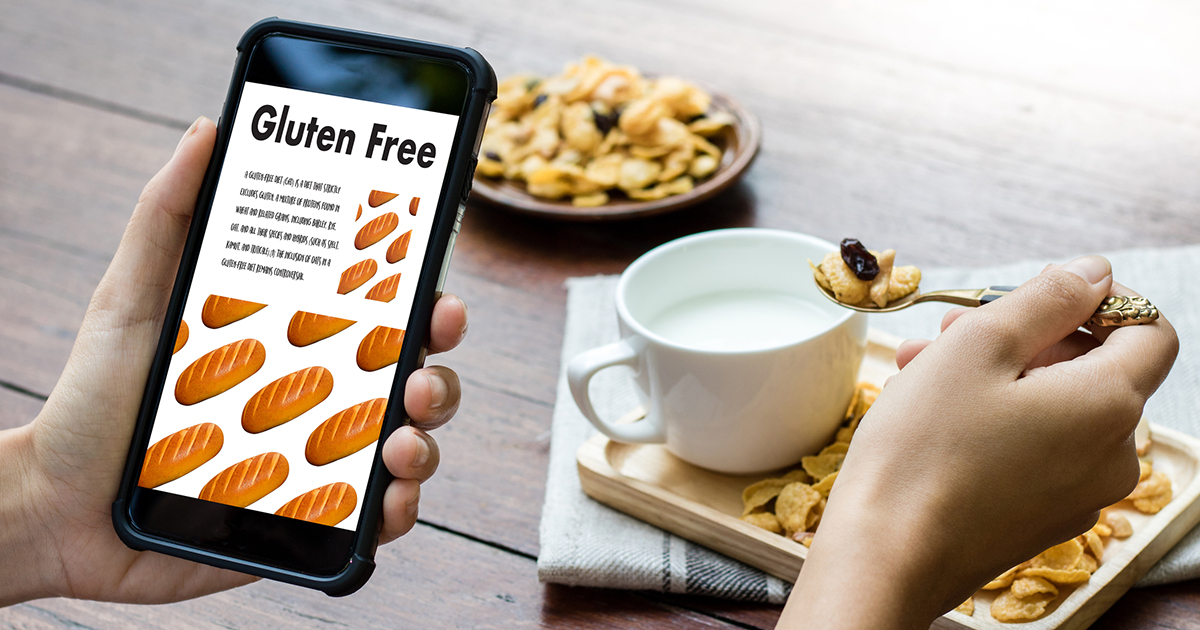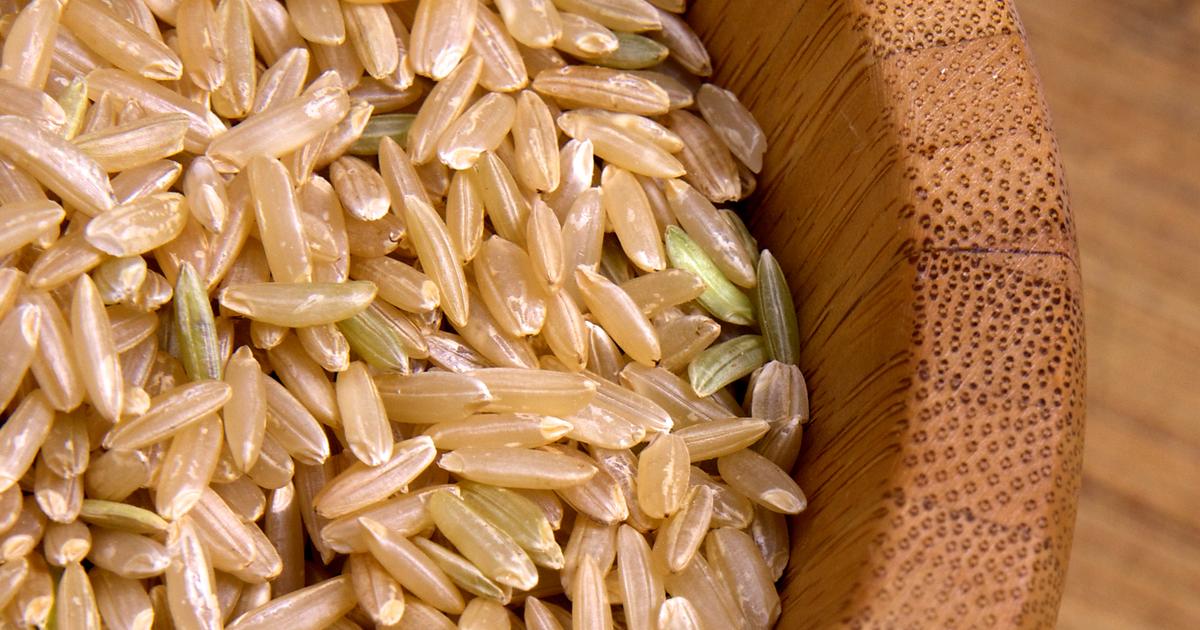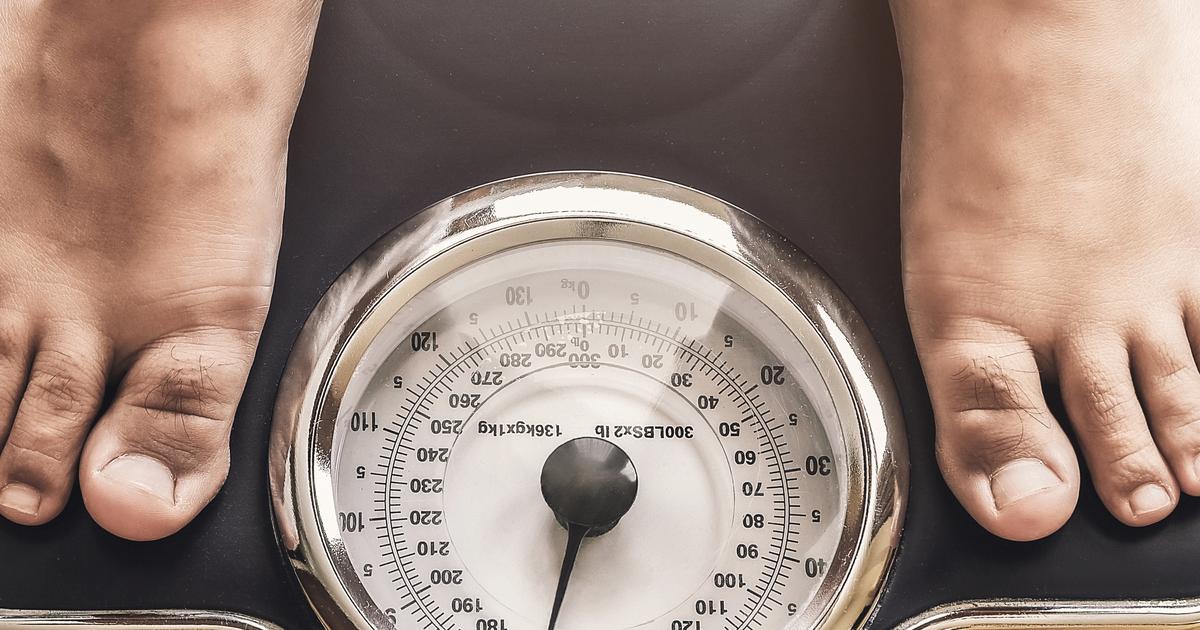Understanding The Gluten-Free Diet And The Lesser-Known Downsides
Whether a person is seeking a healthier lifestyle or a new way to lose weight, a trendy diet will most likely get their attention. In the past few years, many options have surfaced, with some getting more attention than others. It is worth a mention that some of these diets were developed by professionals, while others are of doubtful consequence. One of the most recent - and lasting - trends is the gluten-free diet. Although many swear by this diet plan, it should be noted that although it has worked for some, it does not necessarily mean it is advisable for others to be guided by it.
Read on for a breakdown of potential downsides associated with this fad diet.
What Is Gluten?

Gluten is a protein found in wheat, barley, rye, and other varieties of grain. There are two main components of gluten; glutenin and gliadin, the latter being responsible for the majority of adverse health effects. When mixed with water, these proteins become sticky, forming a glue-like property which creates elasticity in dough, and enabling bread to rise. Although this is not particularly dangerous for most individuals, those with celiac disease or an intolerance cannot eat gluten. While the majority of individuals will experience bloating, those who are highly sensitive to gluten proteins are not able to digest it properly, causing severe internal consequences.
Learn about what made going gluten-free so popular next.
What Made Going Gluten-Free So Popular?

As defined by The National Institute of Diabetes and Digestive and Kidney Diseases, celiac disease damages the small intestine. If the patient fails to treat it, the disease can cause long-term digestive problems, which also leads to critical nutrient deficiencies. As a result of these severe consequences, food shops and restaurants have made gluten-free options available for gluten intolerant individuals. Although excluding gluten from an individual's diet became rather popular, the condition itself is very not typical, with only one in every one hundred and forty-one Americans having celiac disease. Some individuals believe that a gluten-free diet is healthier or will make them lose weight, when in fact it is not necessarily so; by removing cakes, crackers, bread, and processed foods they are also avoiding the calories in these foods.
Learn about how alternatives to gluten-free products play into this diet next.
Alternatives To Gluten Products

Most whole and fresh foods are gluten-free, so instead of going directly to the gluten-free section of a supermarket, the customer should focus on minimally processed foods. Another benefit that comes from whole grains longevity, and a recent study suggests consuming these grains is associated with lower death rates. Some good options are gluten-free oats, brown rice, sorghum, and buckwheat, as well as pseudo-grains such as quinoa and amaranth. Proteins that come from naturally gluten-free foods are highly advisable, for example, chicken, fish, dairy products, fruits, and vegetables. This guidance is recommended to those who are interested in a gluten-free diet but do not have celiac disease.
Read more about the gluten-free diet now.
A Better Option for Gluten Intolerant Individuals

As with any health-related problem, those who have celiac disease or display another kind of gluten sensitivity should seek professional guidance to build a balanced diet. By doing so alone, they may deprive themselves of essential proteins and do more damage to their health. For those who are not sure if they have a gluten allergy, they should seek a doctor and be tested. Only when a diagnosis is made they should start treatment, and never without professional help.
With many different diets around, there are a plethora of options for those who can and cannot eat gluten. What is important is to have a balanced and healthy diet that agrees with their body.
Uncover why going gluten-free can be an issue now.
The Problem With Gluten-Free

Because this is a relatively new diet, there were not many pieces of research on the consequences of going gluten-free. However, a new study shows excluding gluten may not be good in the long run. For someone who does not have celiac disease, removing food groups because of gluten can deprive them of essential components. For those who do not plan their meals properly, a gluten-free diet eliminates whole grains, which higher their chances of having a heart disease. Also, because gluten itself is not directly related to weight loss, individuals who swap to gluten-free versions of fast food are still consuming the same amount of calories while eating something less nutritious due to the low fiber grain used.
Get familiar with more downsides to a gluten-free diet now.
Nutritional Deficiencies

Patients who follow a gluten-free diet may be at risk of nutritional deficiencies. Unlike most foods that contain gluten, many gluten-free foods are not fortified with vitamins and minerals. Thus, individuals who follow gluten-free diets for a prolonged period could be getting insufficient amounts of nutrients like calcium, riboflavin, iron, niacin, folate, and thiamine. If nutritional deficiencies develop, patients could experience symptoms such as exhaustion, depression, anemia, confusion, nausea, and abdominal cramps. Those considering a gluten-free diet may want to have their nutrient levels tested both before and during the diet plan. If levels are low, doctors may need to prescribe high-dose supplements, and some patients may be asked to take over-the-counter supplements. Individuals who notice exhaustion, mood changes, or any other concerning symptoms while on a gluten-free diet should mention these to their doctor.
Get more information on the potential downsides to a gluten-free diet now.
Weight Gain

Weight gain may occur for some individuals who adopt a gluten-free diet. In patients with celiac disease, the villi (capillaries on the walls of the intestines) are sometimes damaged. This damage inhibits the body's ability to absorb nutrients, and the patient might need to eat large amounts of food to compensate for this. The villi begin to heal once a gluten-free diet is started, and the body can properly absorb nutrients again. However, if the patient continues to eat a large quantity of food or to take in too many calories, they will probably gain weight. Individuals without celiac disease may still gain weight on a gluten-free diet if they rely too heavily on pre-packaged or processed foods. Many of these foods are high in calories, fat, and sugar, and it may be hard to eat only one serving. Weight gain then occurs due to the intake of too many calories. To prevent weight gain while on a gluten-free diet, patients are encouraged to log their food and calorie intake, and it can help to increase fiber and reduce fat. It may be beneficial to join a local or online support group, and patients may want to consider consulting a nutritionist who can help plan gluten-free meals.
Continue reading to reveal more downsides linked to a gluten-free diet now.
Constipation And Bowel Issues

Most individuals get the majority of their fiber from wholegrain bread and cereals that contain gluten. Gluten-free diets tend to rely on fruits, vegetables, and gluten-free replacement products for fiber. They can be lower in fiber than other diets, and this may contribute to the development of constipation and bowel issues. Current guidelines recommend that females consume twenty-five grams of fiber each day, and males need thirty-eight grams per day. With careful planning, it is possible to obtain adequate fiber on a gluten-free plan. High-fiber foods that are free of gluten include chickpeas, quinoa, oats, and fruits such as apples, figs, pears, and grapes. Nuts and seeds like almonds, pecans, peanuts, chia seeds, and flaxseeds are rich sources of fiber as well. Some gluten-free cereals have significant amounts of fiber, and individuals should always check the nutrition label before purchasing. It may be helpful to track daily fiber intake with a food journal, and patients who struggle to meet fiber goals might want to ask their physician about using a fiber supplement.
Read more about the possible downsides of a gluten-free diet now.
Substitute Foods Are Higher In Fat And Sugar

Patients transitioning to a gluten-free diet often discover gluten-free substitute foods are higher in fat and sugar compared to those with gluten. This is especially the case with packaged and processed foods such as store-bought bread, cakes, cookies, and crackers. If substitute foods are relied on too regularly, they may contribute to weight gain, obesity, and chronic health issues. Individuals who follow gluten-free diets will need to carefully read nutrition labels, and keeping a food journal could help patients understand their eating patterns. By showing calorie and nutrient intake and the specific foods consumed, the journals may be a useful tool for making positive changes to avoid reliance on substitute items. Making gluten-free bread and other items at home will give patients more control over the nutrition content of their food. It is often beneficial to experiment with different gluten-free recipes and types of gluten-free flour to find satisfying options. Most importantly, individuals should ensure their diet contains plenty of fruits and vegetables. Patients might want to join online groups for gluten-free recipe ideas, and nutritionists can help with meal planning too.
Discover additional downsides to a gluten-free diet now.
Reduced Heart Health Benefits

Recent research suggests gluten-free diets could have reduced heart health benefits for individuals without celiac disease. In fact, some studies have concluded these diets may actually increase an individual's risk of cardiovascular disease if they do not have celiac disease. An observational study conducted by Dr. Andrew Chan followed more than 100,000 patients between 1986 and 2010. The study participants completed food questionnaires every four years. After adjusting for refined grain intake, researchers concluded the participants who consumed the lowest amount of gluten had a fifteen percent increase in the risk of heart disease compared to those who ate the highest amount of gluten. Patients should discuss their personal risk of cardiovascular disease with their doctor before deciding to adopt a gluten-free diet. Individuals who follow a gluten-free diet are encouraged to maintain a healthy weight, avoid smoking, and control their blood pressure to reduce their risk of heart issues.